Can You Use Essential Oils Around Babies?
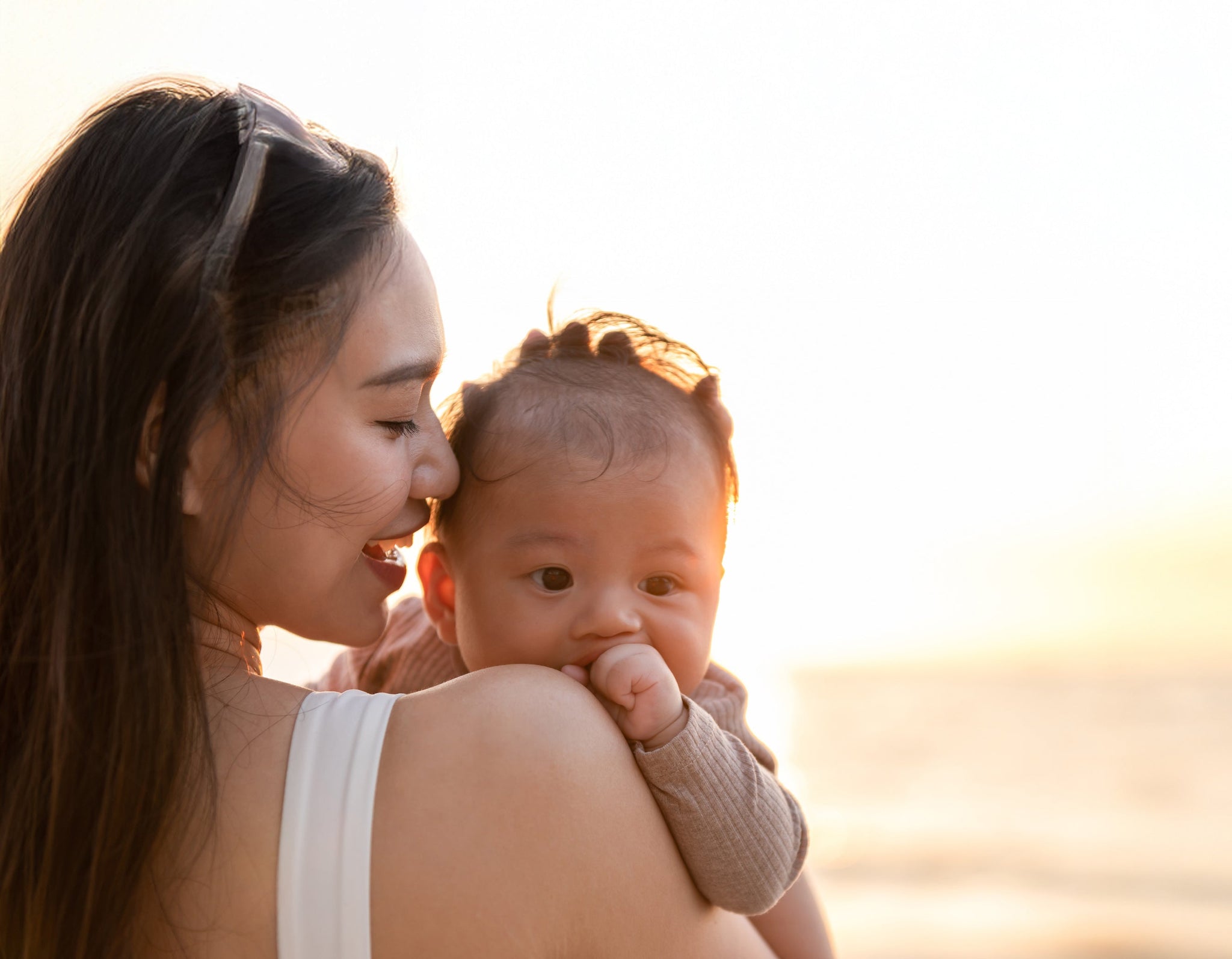
They’re small, sweet, and impossible not to love–they're babies! As a parent, your instinct is to give your child the very best, especially when it comes to health and wellness. Essential oils, known for their therapeutic benefits and natural properties, may seem like the perfect addition to your baby care routine. But are they safe for infants? This comprehensive guide explores the risks, benefits, and best practices for using essential oils around babies.
Why Essential Oil Safety Matters for Babies
Babies are much more sensitive to environmental stimuli than adults. Their skin is thinner, their lungs are still developing, and their ability to metabolize substances is immature. This means essential oils, even when used sparingly, can have a much greater effect on infants than on adults.
From the earliest stages of life, babies rely heavily on their sense of smell. They can recognize and are comforted by the natural scent of their mother and her breastmilk—cues that help establish bonding, promote breastfeeding success, and provide emotional security.[1] Introducing strong aromas, including essential oils, can interfere with this delicate sensory recognition, potentially disrupting mother-infant bonding.
Additionally, even diluted essential oils—let alone those in their pure form—can be overwhelming for babies. Their underdeveloped metabolic systems cannot effectively process the concentrated chemical constituents found in essential oils. This can lead to adverse reactions ranging from respiratory distress to skin irritation or even systemic toxicity in extreme cases.
Understanding the right methods of application, dilution, and selection of oils is essential to keeping your baby safe.

Baby Skin & Topical Use
Newborn skin is ultra-sensitive and not fully developed until around three months of age. It is also much thinner than adult skin, making it more permeable. Essential oils, even diluted, can penetrate more deeply and rapidly into a baby’s skin.
Safety Recommendations:
- For babies under 3 months: Avoid all essential oil topical application.
- For babies 3–24 months: Use a dilution ratio of no more than 0.25% (about 1 drop per 4 teaspoons of carrier oil).
- Only apply oils to the feet or back, avoiding the face and hands.
- Breastfeeding and Contraindicated Oils
Essential oils applied to a nursing mother may pass into her breastmilk. According to aromatherapy expert Robert Tisserand, approximately 1% of an essential oil dose can transfer through breastmilk. Some oils have known contraindications for babies and should be avoided altogether during lactation.
Oils to Avoid During Breastfeeding and Infant Exposure:
- Star Anise
- Birch
- Buchu
- Carrot Seed
- Cassia
- Cinnamon Bark
- Blue Cypress
- Fennel
- Myrrh
- Oregano
- Sage
- Wintergreen
These oils are commonly found in blends such as Guardian, Bliss, Gal Pal, Digest Ease, and others. Always read labels and consult your pediatrician before use.
Essential Oils to Avoid Around Babies
Certain essential oils contain components that can cause serious adverse reactions in infants. Oils high in 1,8-cineole (such as Eucalyptus and Ravintsara) or menthol (such as Peppermint) can lead to respiratory and neurological issues.[2]
Unsafe Essential Oils for Babies Under 3 Years Old:[3]
- Eucalyptus (all types)
- Peppermint
- Ravintsara
- Cajeput
The Benefits of Baby-Safe Essential Oils
Despite the risks, some essential oils have been shown to provide gentle and effective support for infants when used correctly.
Backed by Research:
- Lavender and Roman Chamomile: An aromatherapy patch reduced hospital stays for infants with neonatal abstinence syndrome by an average of 6.4 days.[4]
- Lavender Diffusion: Reduced pain response in babies during vaccination.
- Lavender Massage: Eased symptoms of colic in babies.
Best Practices for Safe Use
When using essential oils around babies, less is more. Follow these guidelines to ensure the safest experience:
- Age Matters: Avoid essential oil use altogether for babies under 3 months.
- Dilution is Key: Use a 0.1% to 0.25% dilution for babies 3–24 months old.
- Passive Diffusion Only: Use passive diffusers or limit active diffusion to 5–10 minutes in a well-ventilated space.
- Choose the Right Oils: Only use oils labeled “OK For Kids” and verified safe for baby use.
- Location of Application: Apply to feet or back—never near the face or hands.
- Patch Testing: Always test a small amount of diluted oil on baby’s leg or arm before broader application.
- Consult a Professional: Always speak with your pediatrician before introducing essential oils into your baby’s care.
- Avoid Exposure to Sensitive Groups: Never use oils around babies with underlying medical conditions without professional guidance.
Frequently Asked Questions (FAQ)
Q: Is Lavender oil safe to diffuse around babies?
A: Yes, when following safe guidelines, Lavender (Lavandula angustifolia) is one of the safest essential oils for babies. It can help promote sleep, reduce anxiety, and soothe skin irritations. Use only in low dilutions and consult your pediatrician.
Q: Can I diffuse essential oils around a newborn?
A: It’s best to avoid essential oil use around babies younger than 3 months. For older infants, use passive diffusion or limit active diffusion to 5–10 minutes in a well-ventilated area.
Q: What essential oils are safe for babies with colic?
A: Lavender and Roman Chamomile, when following safe guidelines, are considered safe and effective for soothing colic in infants.[5]
Q: Are there essential oils that help babies sleep?
A: Yes, Lavender and Roman Chamomile are gentle and widely used to promote relaxation and better sleep in babies.
Q: Can I apply essential oils directly to my baby’s skin?
A: No. Always dilute essential oils with a carrier oil and perform a patch test first. Never apply undiluted oils to your baby’s skin.
Q: Can my baby ingest essential oils?
A: No. We don't recommend administering essential oils to babies orally. If your baby accidentally ingests oils, call poison control.
Final Thoughts
Essential oils can be a wonderful part of your wellness toolkit—but only when used with careful consideration. Babies are delicate, and their systems are still developing. Choose oils wisely, use sparingly, and always prioritize safety above all.
SOURCES:
- The calming effect of a maternal breast milk odor on the human newborn infant. https://pubmed.ncbi.nlm.nih.gov/19010360/
- Use of Camphor and Essential Oil Balms for Infants in Cambodia. https://pmc.ncbi.nlm.nih.gov/articles/PMC5301968/
- Peppermint and Eucalyptus for children. https://tisserandinstitute.org/learn-more/kids-inhalation-safety/
- Addicted from Birth. https://tisserandinstitute.org/addicted-from-birth/
- The effectiveness of aromatherapy massage using lavender oil as a treatment for infantile colic. https://pubmed.ncbi.nlm.nih.gov/22435980/
Grab The Essentials Here:
Leave a comment (Comments will be approved before showing up)
3 comments
Edens Garden
Hi Kellie! Using oils in your diffuser and room spray is very similar. For more assistance on assessing which essential oils are safe to use around your baby, please contact our aromatherapists: aaa@edensgarden.com
Kellie
I am new to oils and find this very helpful. I still want to understand if there is a difference between using oils in my diffuser or room spray. I just ordered three holiday sample, cleaning oil and room spray. My daughter is three months old and need to know if I’m okay to use these or wait
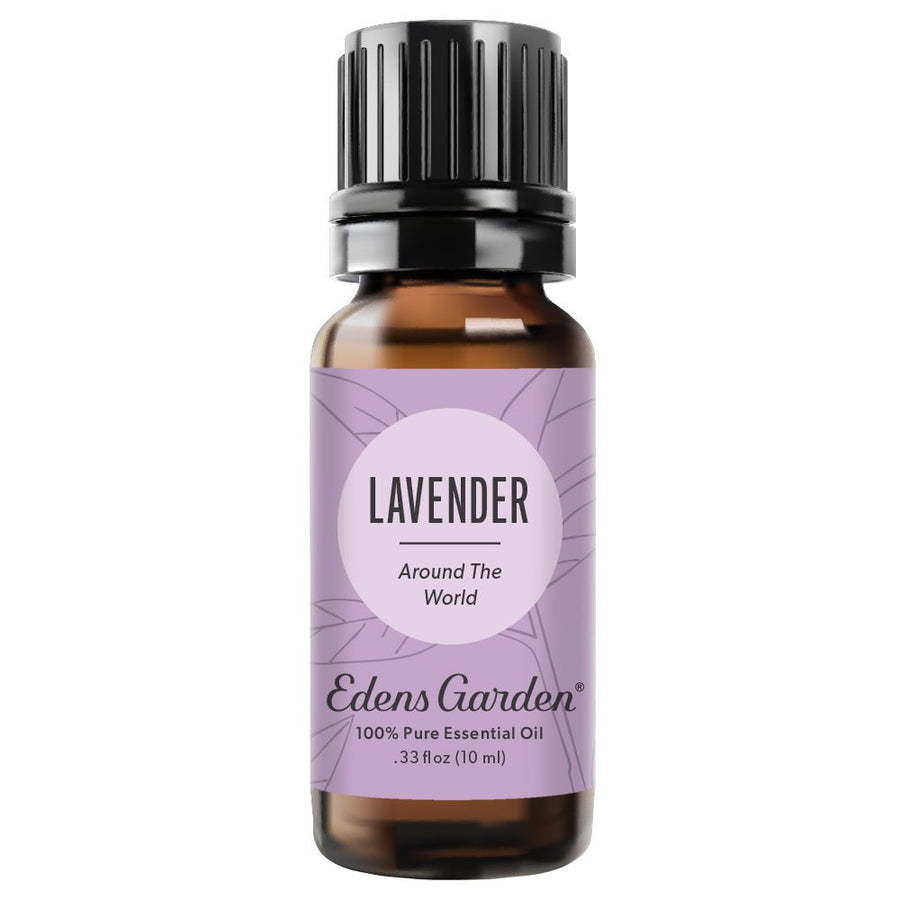

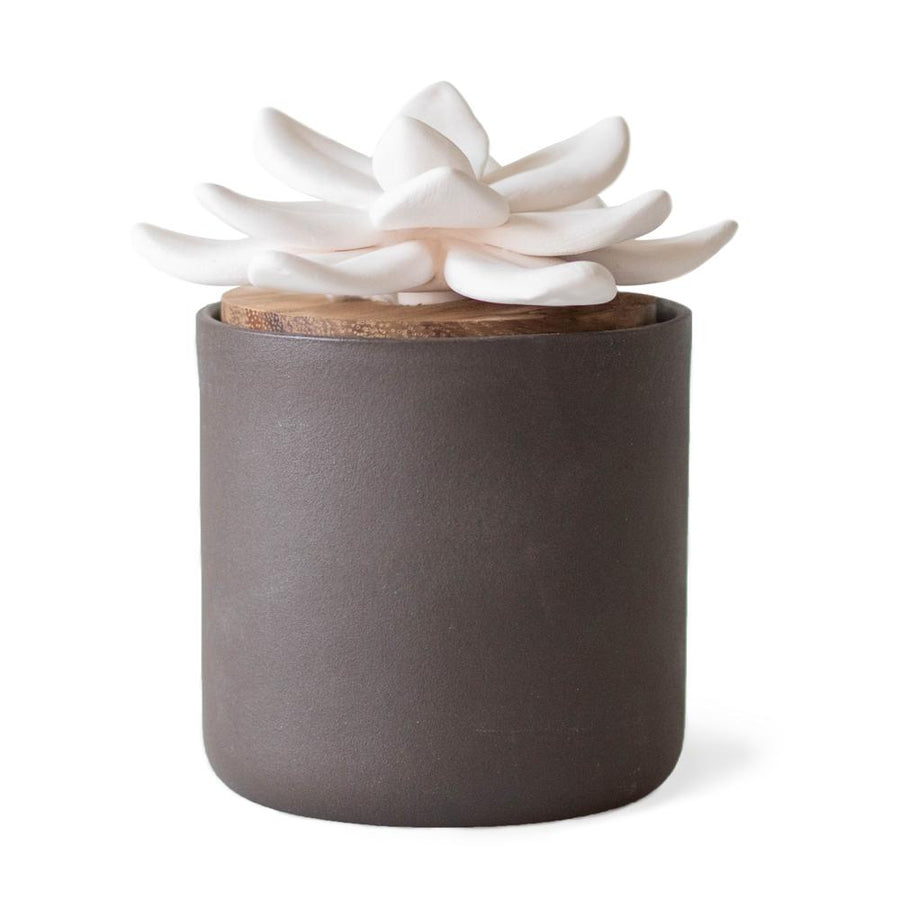
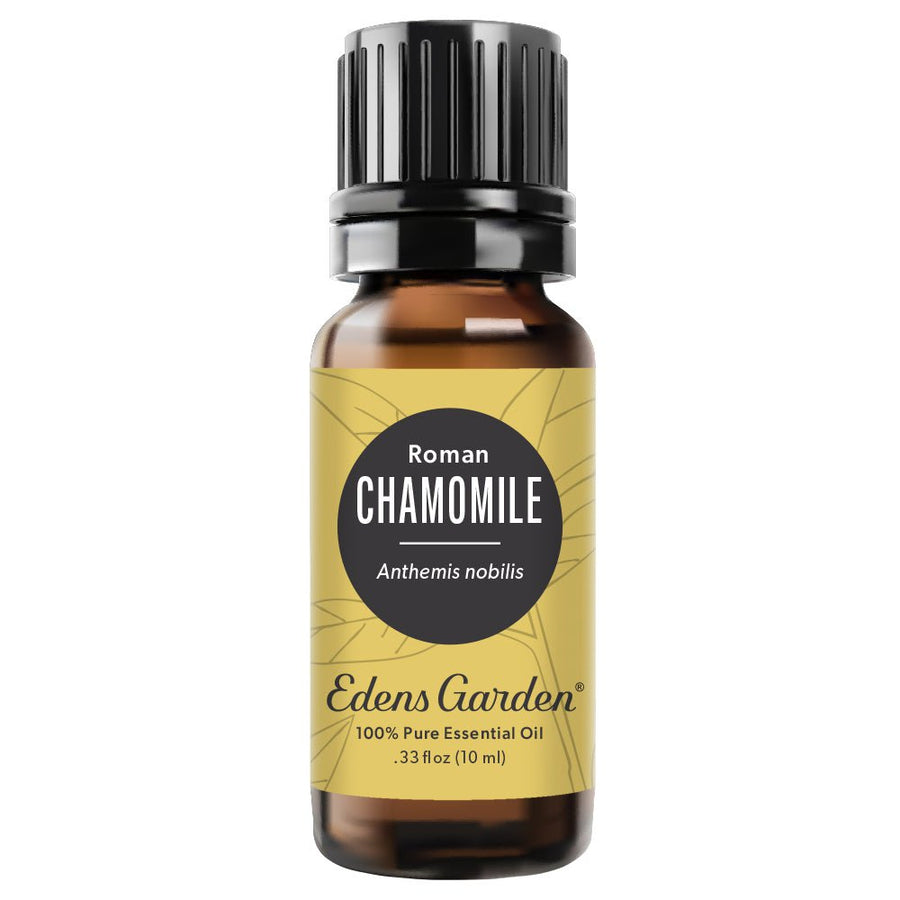

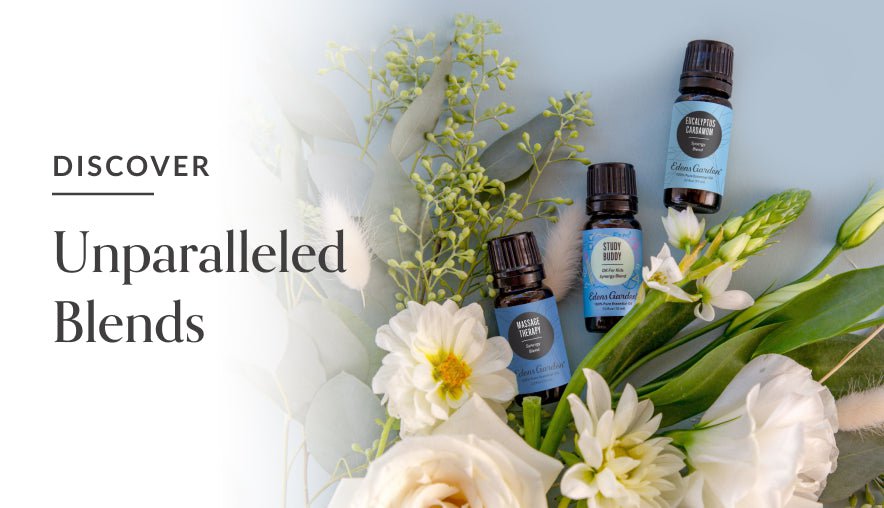
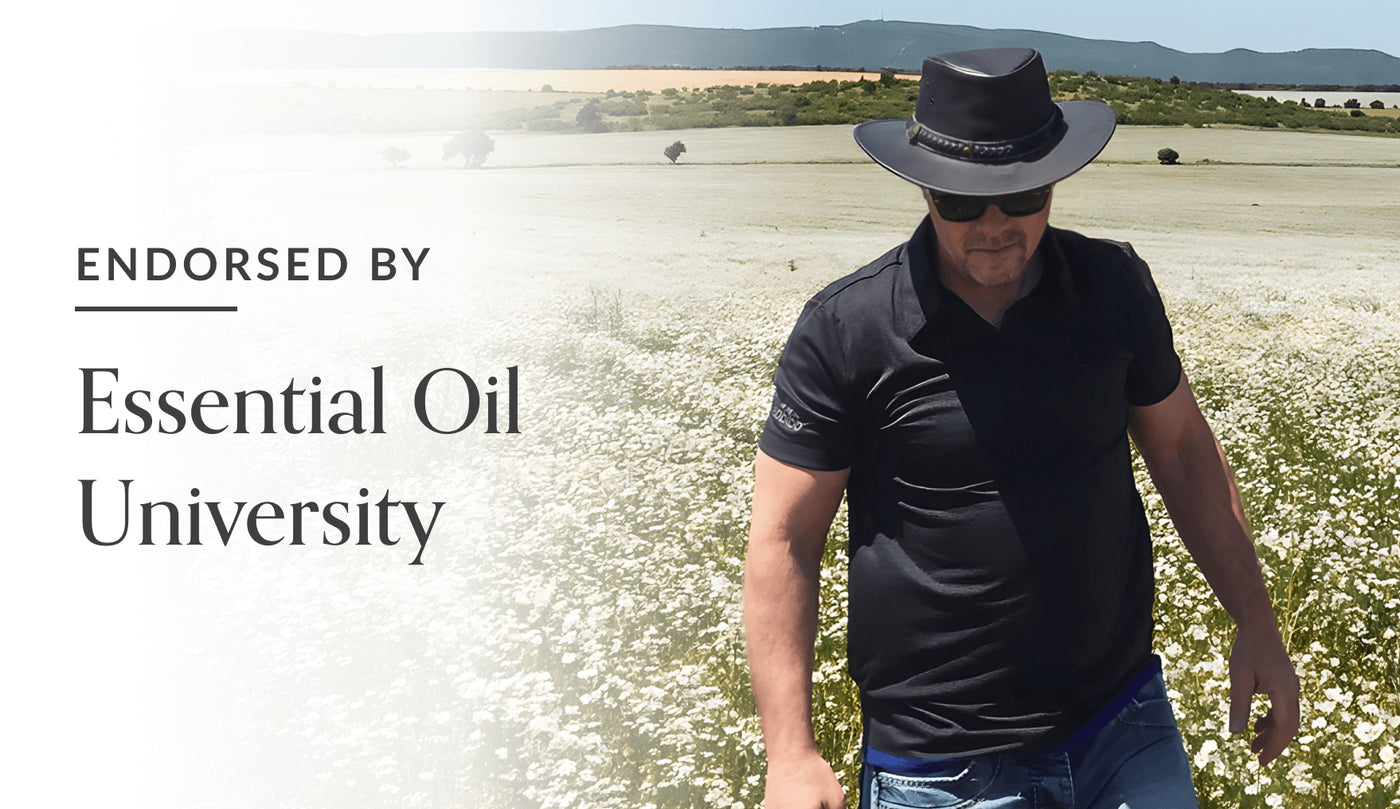
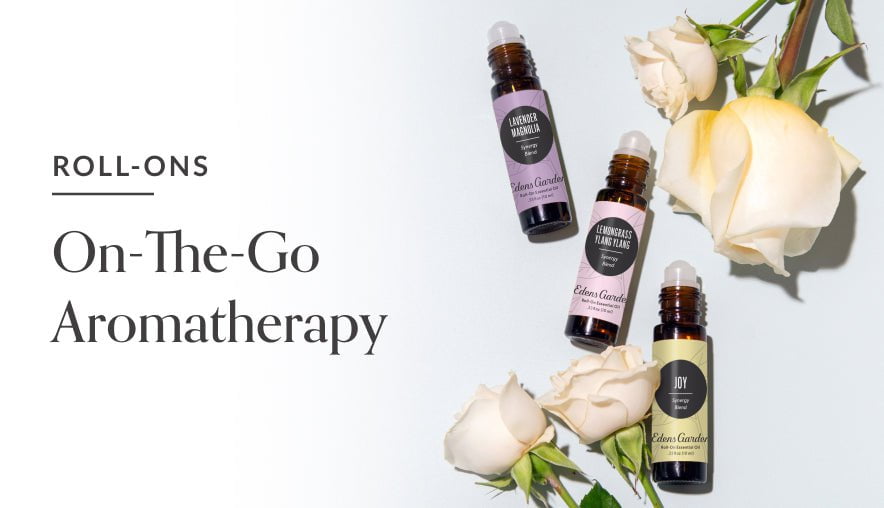
Rebecca D
May 16, 2025 at 3:47 pm
Your information is very good and so important for mothers who are trying to do a very best thing for their children and not having the right information can do harm rather than good thank you for this information. I will share it with my granddaughter.